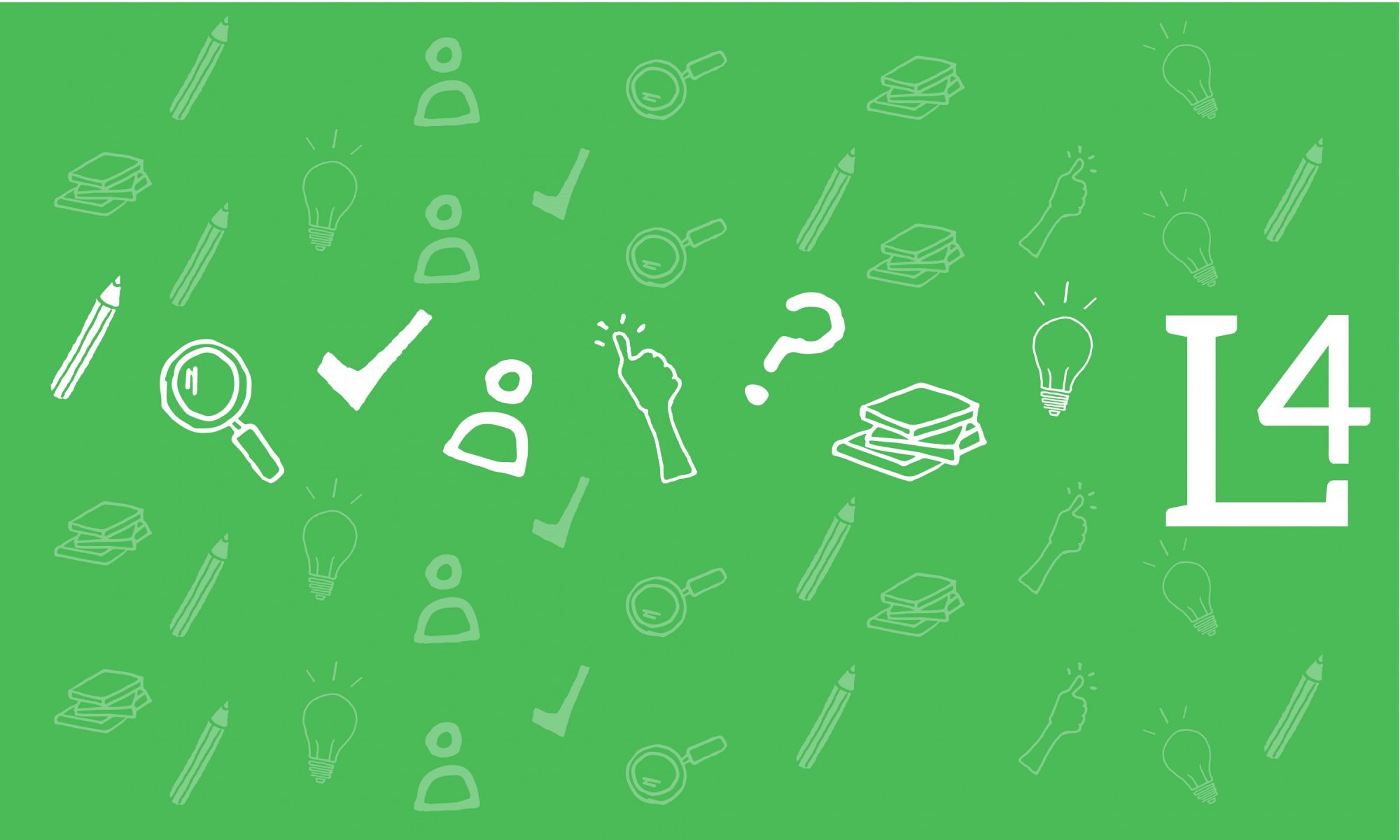A Gothic Guide to Brooklyn: Gothic Spaces Presentation
Laura Westengard
English/School of Arts and Sciences
Eng 3407 (Gothic Lit. and Visual Culture) https://openlab.citytech.cuny.edu/groups/gothic-nyc/
Activity Description: Provide a brief description of the activity
Students created a travel guide for visitors interested in finding the “Gothic” spaces in Downtown Brooklyn (and the surrounding neighborhoods). Each group found a space in Brooklyn that they thought exhibited some of the Gothic elements we discussed in class. Then they created a profile of that place that describes the Gothic elements, analyzes the space in terms of one of the theoretical concepts discussed in class, and connects the space to one of the assigned literary texts.
These profiles will be posted on OpenLab along with images and videos. It will become a “Gothic Guide to Brooklyn!”
Learning Goals: What do you aim to achieve with this activity?
This place-based activity was designed to get students to view local architecture as a kind of text that they could analyze in relation to course concepts. They learned to synthesize course materials, apply course concepts to subjects outside of class, perform written and verbal analysis, work collaboratively, and use the online platform to deliver this information with appropriate style.
Timing: At what point in the lesson or semester do you use this activity? How much classroom time do you devote to it? How much out-of-class time is expected?
I introduced the assignment early in the semester and scaffolded some in class activities each week leading up to the presentation (approx. 10-15 minutes a week). As we discussed the assigned readings and course concepts, we kept a running list of Gothic terms and concepts on the course OpenLab site so students had a glossary with which to interpret their chosen location.
Logistics: What preparation is needed for this activity? What instructions do you give students? Is the activity low-stakes, high-stakes, or something else?
Students need time to schedule out of class explorations of the neighborhood surrounding City Tech. I provide them with a handout that explains the requirements, and they also need some way to create images and/or videos of their site. It is fairly high-stakes (10% of the final grade).
High-Impact Educational Practices: Which of these practices based on George Kuh’s High Impact Educational Practices (and other innovative approaches) does this activity incorporate? Choose all that apply.
Collaborative assignments and projects, Open Digital Pedagogy (the OpenLab), Wrriting-intensive projects/assignments, Place-Based Learning, Brooklyn Waterfront
Assessment: How do you assess this activity? What assessment measures do you use? Do you use a VALUE rubric? If not, how did you develop your rubric? Is your course part of the college-wide general education assessment initiative?
I use a worksheet on which each required item and its point value is listed. Next to that item, I included notes assessing the students’ work along with a score. This was not a VALUE rubric.
Reflection: How well did this activity work in your classroom? Would you repeat it? Why or why not? What challenges did you encounter, and how did you address them? What, if anything, would you change? What did students seem to enjoy about the activity?
The first time I assigned this activity, my class was too small to complete it in groups, so it had to become an individual activity. This was not ideal because one of the learning goals was to provide an opportunity for collaboration. The creation of the list of Gothic terms and concepts was collaborative, however, and we also collaborated as a whole class to create and design the OpenLab project. We had a conference-style presentation day in class in which students gave feedback on their classmates’ work. I am currently repeating the activity in a larger class as a group project, and I plan to have the current class add to the existing project site.
Students enjoyed the place-based aspect of the assignment, and they seemed enthusiastic about the creation of online travel-blog style profiles with images and videos. They were very creative!
Additional Information: Please share any additional comments and further documentation of the activity – e.g. assignment instructions, rubrics, examples of student work, etc. These could be in the form of PDF or Word files, links to posts or files on the OpenLab, etc.
Link to Spring 2016 Activity Handout: https://openlab.citytech.cuny.edu/westengardeng3407sp2016/files/2015/01/Gothic-Spaces-Group-Presentation-Prompt-Eng-3407-S-16.pdf
Link to Completed Project Site from Spring 2015: https://openlab.citytech.cuny.edu/groups/gothic-nyc/



